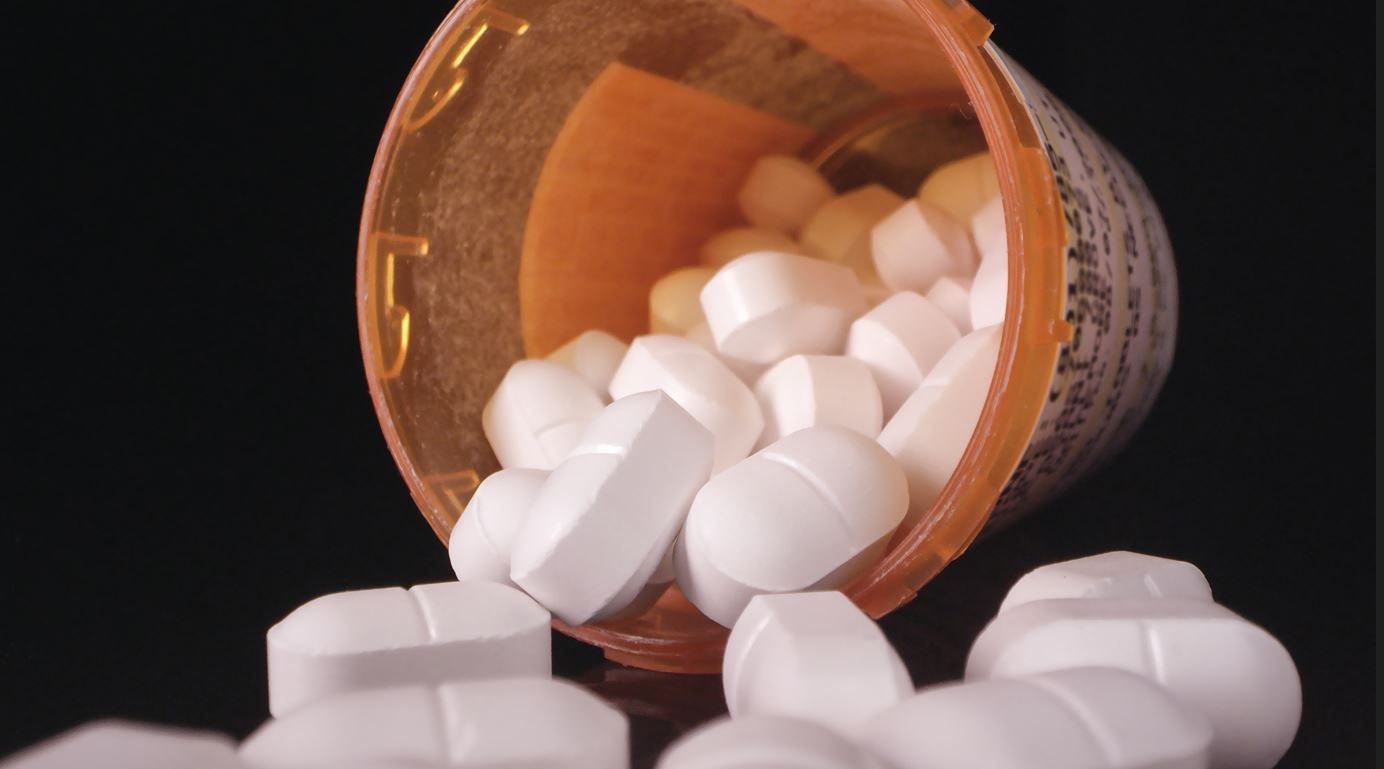HHS Broadens Access to Medications, Treatment for Opioid Use Disorder
Access to methadone and buprenorphine treatment may be easier and incentive to continue treatment could start at home, using telehealth, according to HHS.
Building on 2 years of broad drug overdose prevention strategies the Department of Health and Human Services (HHS) has announced details of changes to decades-old federal rules that will simplify and expand access to substance use disorder treatment, according to an announcement from the Substance Abuse and Mental Health Services Administration (SAMHSA).1
©Stock Footage Inc/stock.adobe.com

The final rule, issued by HHS, “comprehensively” updates regulations that govern Opioid Treatment Programs (OTP) in part by making permanent flexibilities introduced during the COVID-19 pandemic. Key among them is expansion of eligibility for individuals being treated for opioid use disorder (OUD) to receive methadone doses they can administer at home. Research has shown that the “take-home” option improves adherence to treatment and reduces the likelihood of returning to illicit opioid use, according to SAMHSA.1
"At HHS, we believe there should be no wrong door for people who are seeking support and care to manage their behavioral health challenges, including when it comes to getting treatment for substance use disorder. The easier we make it for people to access the treatments they need, the more lives we can save," said HHS Deputy Secretary Andrea Palm in the press release.1
Additional provisions in the final rule include:
- Allowing OUD treatment initiation via telehealth, ie, methadone treatment can be started via audio-visual technology and buprenorphine through audio-only means. The change is meant to remove transportation barriers to accessing the life-saving treatments.
- Allowing nurse practitioners and physician assistants to order medications in opioid treatment programs (depending on state laws) to help reduce operational burdens within the organizations.
- Eliminating “stringent admission criteria” for entry into treatment that has restricted eligibility to individuals with at least a 1-year history of addiction.
- Increasing access to “interim” treatment that helps individuals initiate medication while waiting for availability of further services, ensuring access when they are ready.
"While this rule change will help anyone needing treatment, it will be particularly impactful for those in rural areas or with low income for whom reliable transportation can be a challenge, if not impossible," Miriam E Delphin-Rittmon, PhD, the HHS assistant secretary for mental health and substance use, who leads SAMHSA, said in the press release. “In short, this update will help those most in need.”1
"While this rule change will help anyone needing treatment, it will be particularly impactful for those in rural areas or with low income for whom reliable transportation can be a challenge, if not impossible.
"In short, this update will help those most in need.”
The Biden-Harris administration also announced that certain grants can now be used to purchase xylazine test strips, another method that could help prevent overdose deaths. Xylazine is a veterinary tranquilizer and not approved for use in humans, according to the press statement. It is believed to be involved in a growing number of opioid deaths through adulteration of the illicit fentanyl supply.1 A test strip inserted into a personal sample of drug supply will detect the presence of dangerous tranquilizer.2 The HHS released a specific plan to address fentanyl-laced xylazine in July 2023.1
Another element in the HHS overdose prevention strategy announced last week is an updated version of SAMHSA’s "Overdose Prevention and Response Toolkit,” which is meant to augment training on overdose prevention and reversal. The toolkit provides instruction on the role of opioid overdose reversal medications, and how to respond to an overdose.
“HHS is focused on the full range of solutions needed to address substance use. We will continue to use every lever available to tackle this and save lives. That includes a focus on prevention, as well as expanding treatment and engagement with those struggling with substance use disorder,” HHS Secretary Xavier Becerra said in the SAMHSA statement. “The Biden-Harris Administration will not rest until we have beaten the overdose epidemic.”